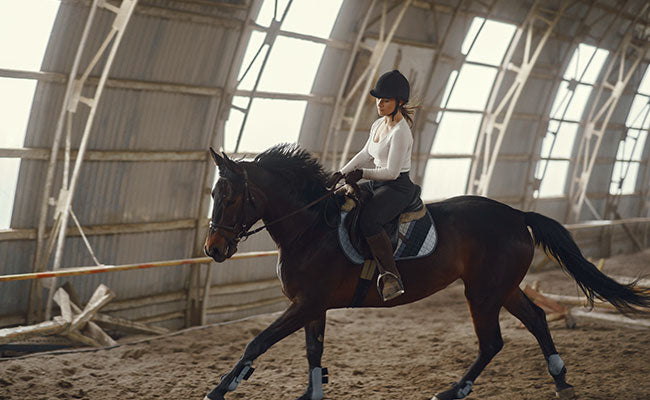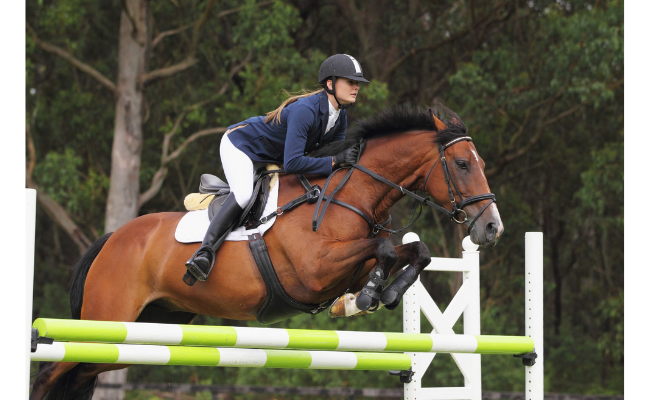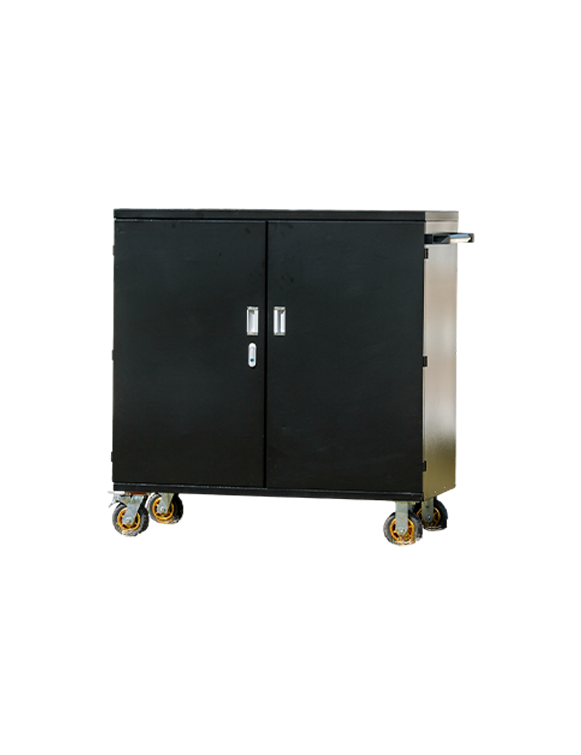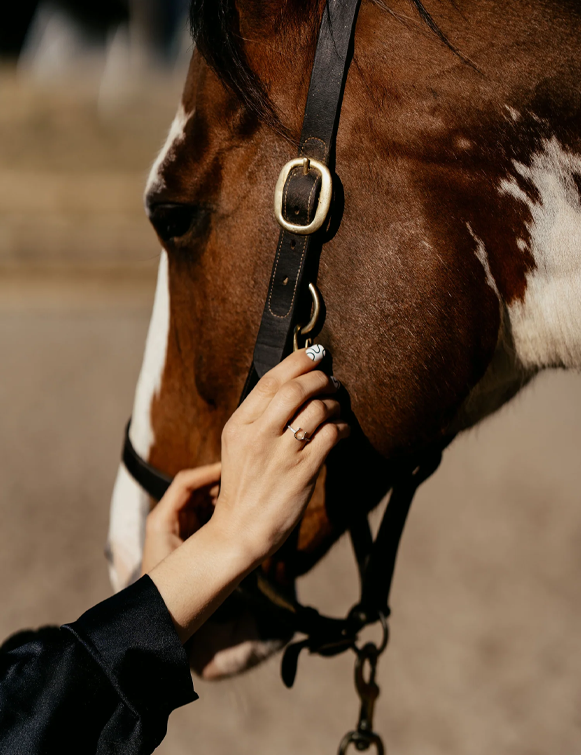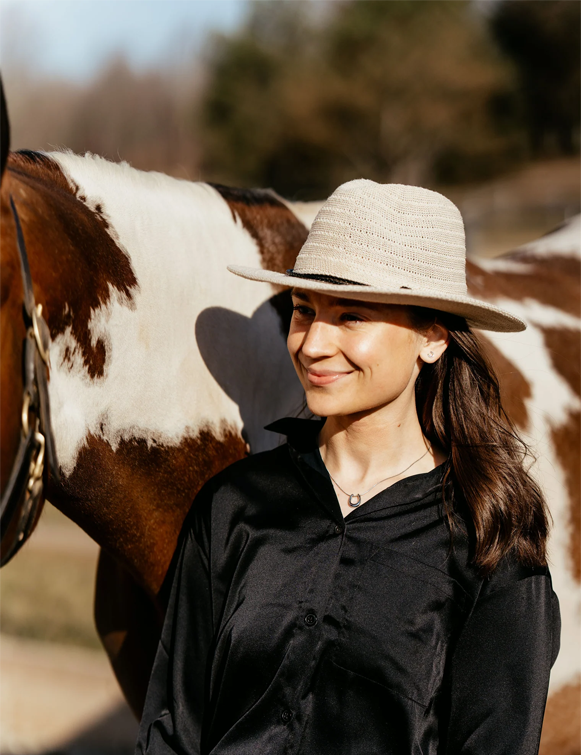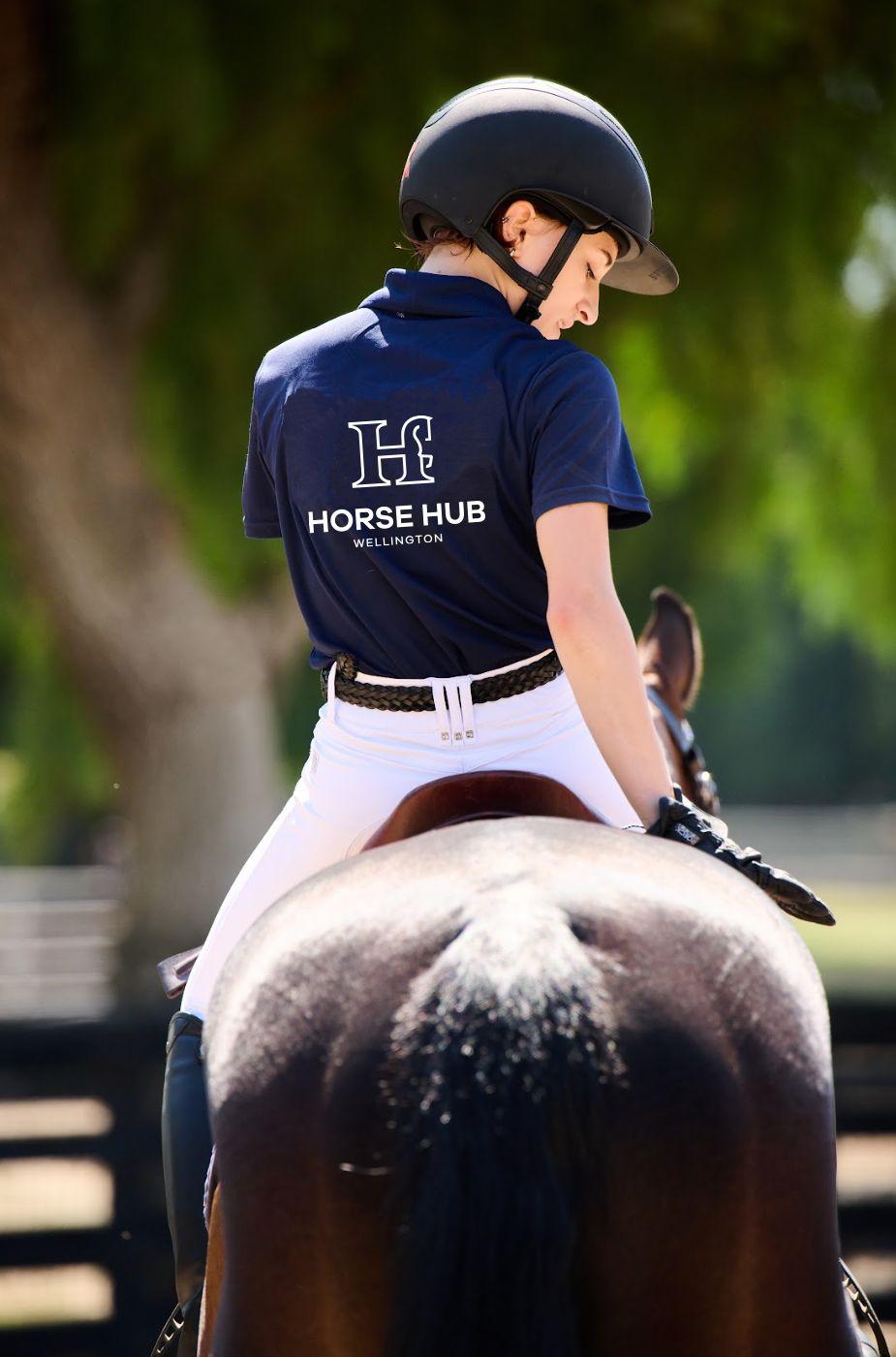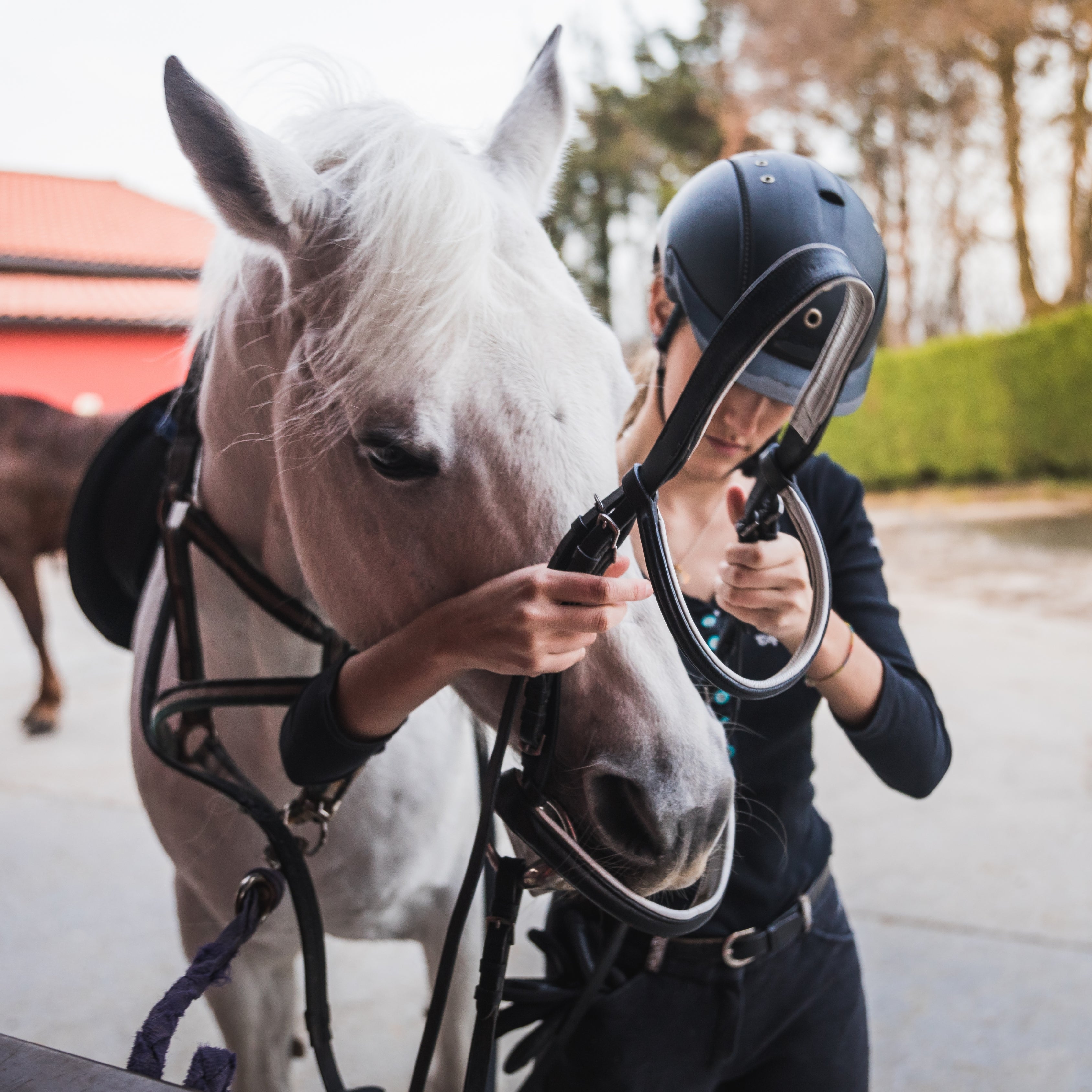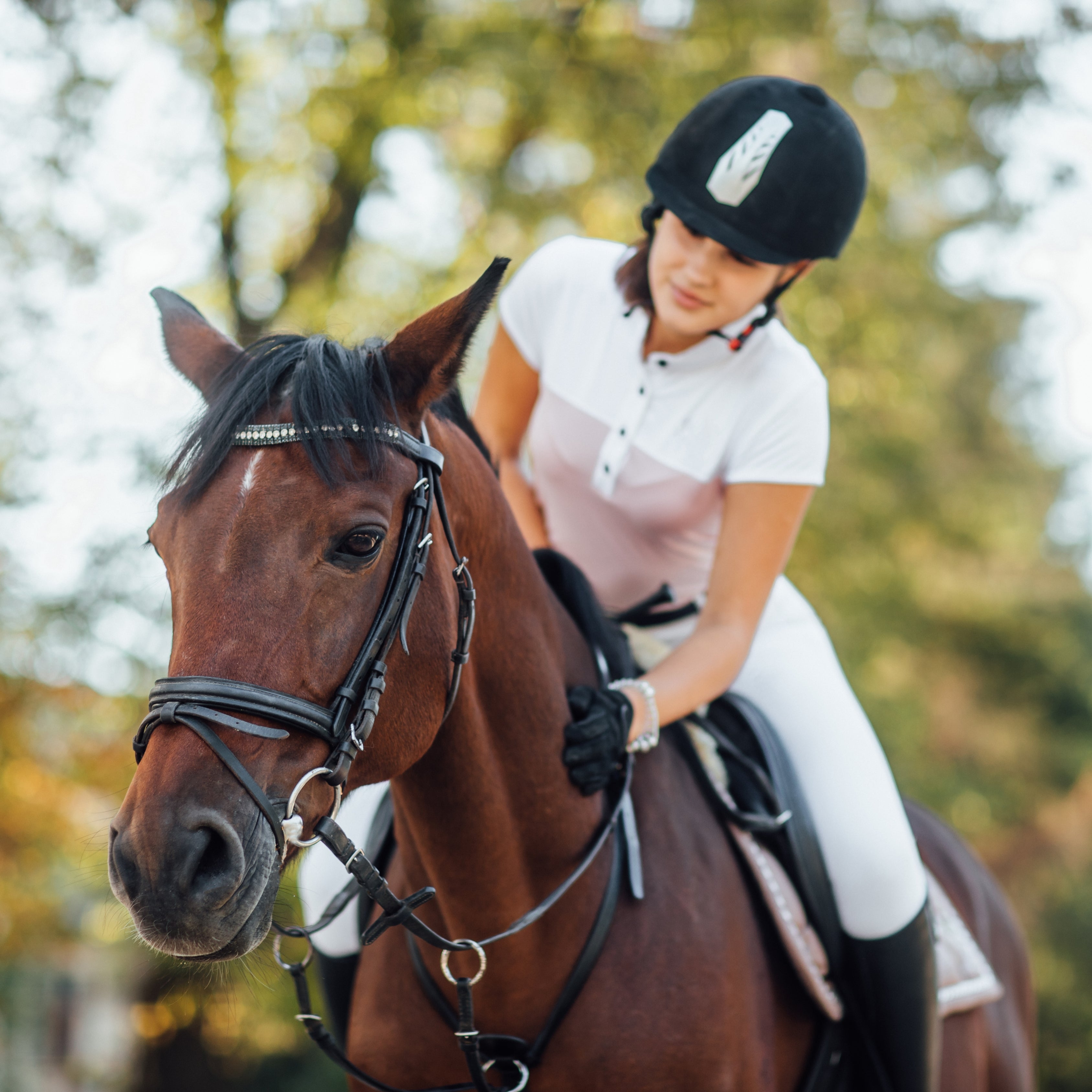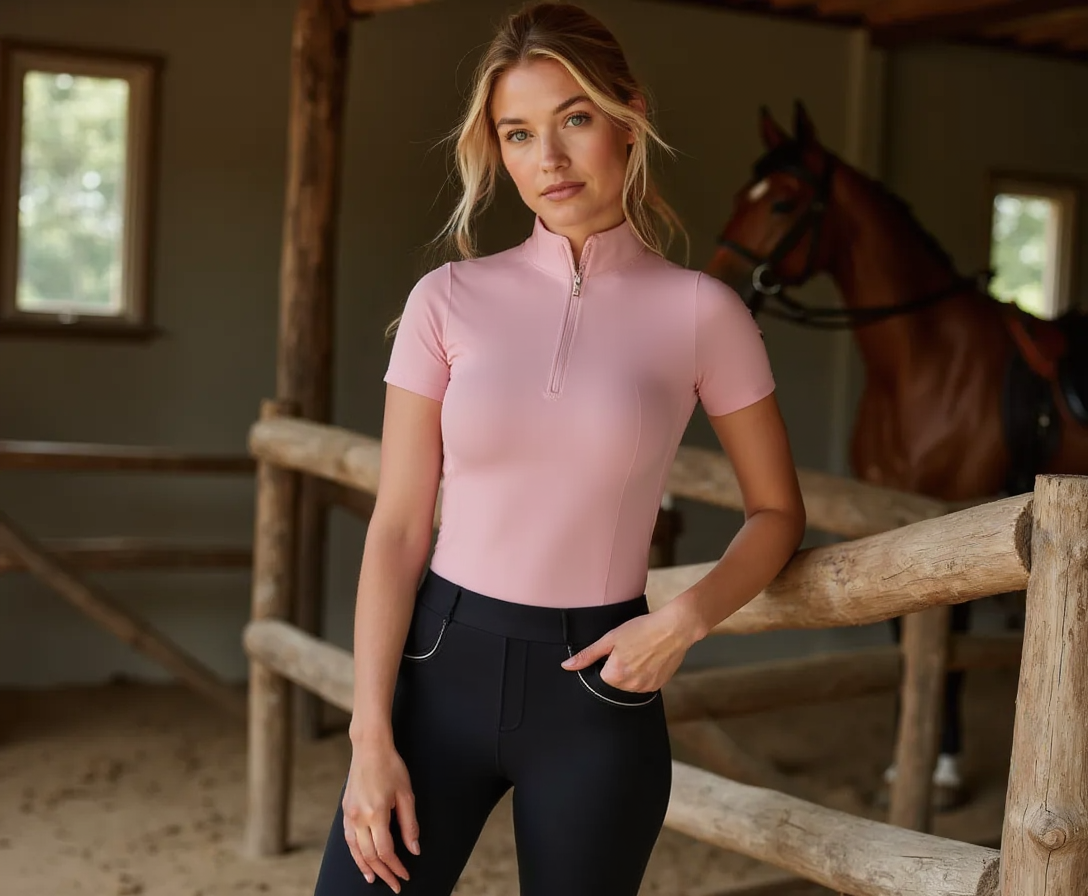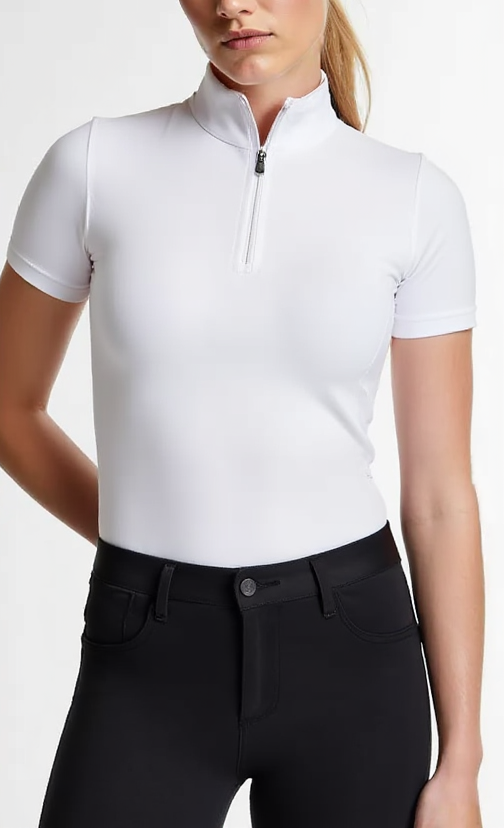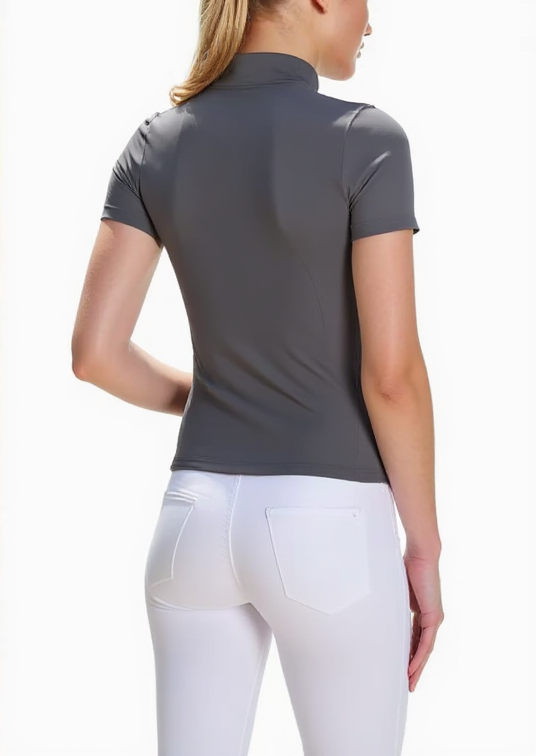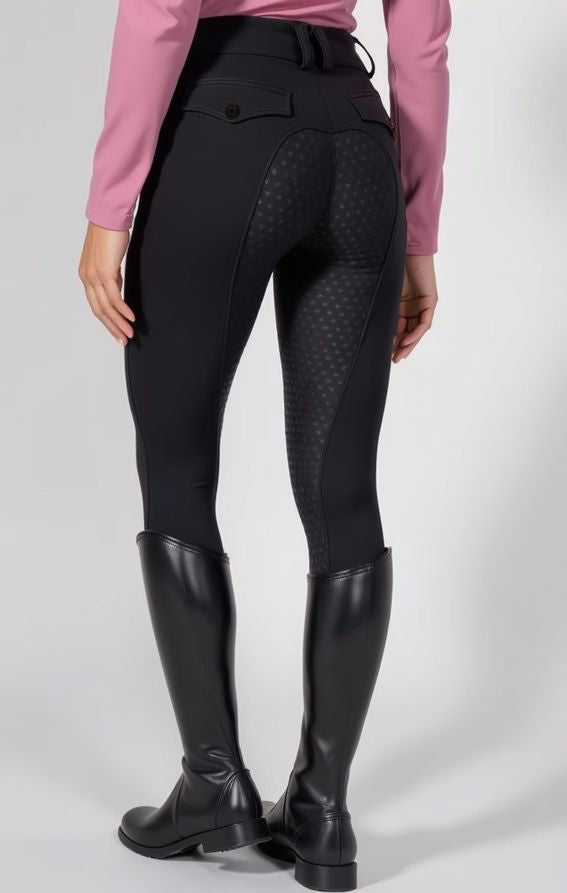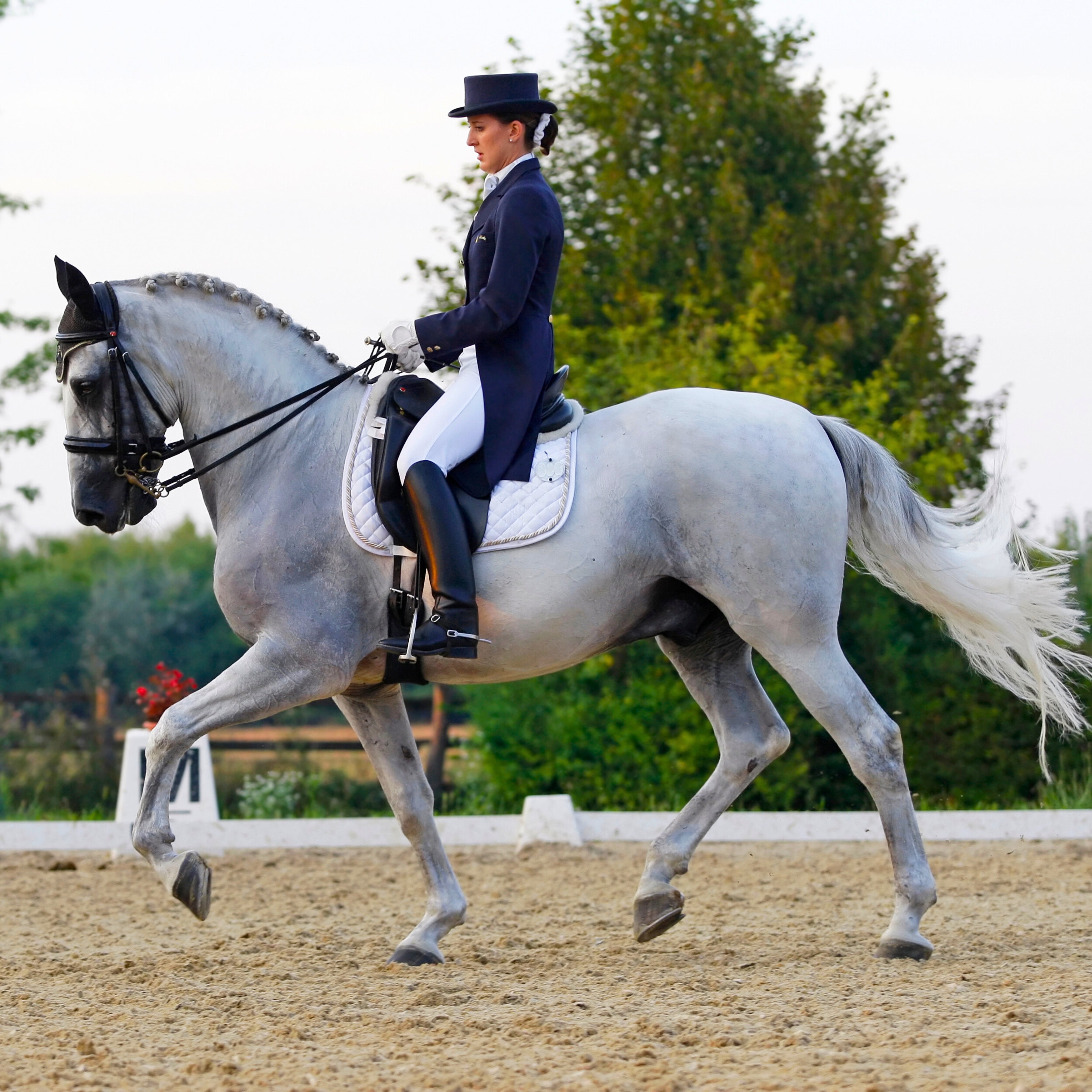
Dressage Basics: What Every Rider Should Know
Dressage is often described as the ballet of equestrian sports, a discipline that showcases the artistic and athletic partnership between horse and rider. It is a sport where grace, precision, and discipline come together to create a seamless display of control and harmony. Unlike fast-paced equestrian sports such as show jumping or eventing, dressage focuses on subtlety, refinement, and the ability of the horse to respond to the lightest cues from its rider. When executed correctly, dressage performances appear effortless, as if the horse and rider are moving as one, guided by an almost invisible form of communication.
However, behind this graceful exterior lies a discipline that requires years of dedication, rigorous training, and exceptional skill. Mastering dressage is not simply about making a horse perform certain movements; it is about developing balance, suppleness, responsiveness, and strength in the horse while refining the rider’s ability to communicate effectively using precise and nearly imperceptible aids. Dressage is about creating a willing partnership, where the horse works with the rider, not just following commands but responding with fluidity, confidence, and self-carriage.
While many associate dressage with elite competition, it serves as the foundation of good horsemanship across all riding disciplines. The skills developed in dressage training—such as proper posture, soft hands, clear aids, and maintaining rhythm—benefit every equestrian, whether they focus on jumping, eventing, trail riding, or Western riding. Dressage enhances a horse’s athleticism and responsiveness, making it an excellent training method for riders of all levels, from absolute beginners to experienced professionals.
If you are new to dressage or looking to refine your skills, understanding the fundamentals of this discipline is essential. From learning the key principles that shape dressage training to understanding basic movements and techniques, building a strong foundation will set you up for success. This guide will take you through the basics of dressage, including its purpose, key principles, fundamental movements, and essential tips to help you progress in this elegant and rewarding equestrian discipline.

1. What Is Dressage?
Dressage, a French term meaning "training," is an equestrian discipline that focuses on balance, suppleness, and obedience. It is designed to develop the horse’s strength, flexibility, and responsiveness to subtle rider cues while maintaining relaxation and elegance. The goal is for the horse to appear as though it is performing movements effortlessly, responding to the rider’s aids with grace and precision.
Dressage is a structured sport with progressive levels, allowing riders and horses to advance at their own pace. It is practiced in both competitive and non-competitive settings, making it an excellent foundation for any equestrian discipline. Even riders who don’t compete in dressage often use its principles to improve their horse’s obedience, posture, and overall performance in other equestrian activities.
2. The Key Principles of Dressage
Mastering dressage starts with understanding its core principles, often referred to as the Training Scale or Pyramid of Training. These principles guide riders in systematically developing their horse’s skills and physical ability:
-
Rhythm – The horse should move with a steady and consistent tempo in all gaits (walk, trot, and canter).
-
Relaxation – The horse should be free of tension, moving fluidly and willingly.
-
Connection – The horse should accept the bit softly, maintaining steady contact with the rider’s hands.
-
Impulsion – The horse should move forward with controlled energy and power from the hindquarters.
-
Straightness – The horse should move evenly on both sides, maintaining balance and symmetry.
-
Collection – The ultimate goal of dressage, where the horse carries more weight on its hindquarters, moves with engagement, and displays refined movements.
Each of these elements builds on the previous one, ensuring the horse progresses correctly and comfortably through training.
3. Basic Dressage Movements Eevery Rider Should Know
Dressage tests at different levels require riders to perform a variety of fundamental movements that demonstrate their horse’s obedience, balance, and flexibility. Below are some of the essential movements every dressage rider should know:
Transitions
Transitions between gaits (e.g., walk to trot, trot to canter) and within gaits (e.g., extended trot to collected trot) are a fundamental aspect of dressage. Smooth and controlled transitions show that the horse is listening to the rider’s aids and moving with balance.
Circles and Figures
-
20-Meter Circle: A basic exercise to develop balance and rhythm.
-
Serpentine: A series of half-circles across the arena that improves flexibility and control.
-
Figure Eight: Combines two circles, requiring the horse to switch bending direction smoothly.
Half-Halt
A half-halt is a subtle cue that encourages the horse to engage its hindquarters, shift its balance slightly back, and prepare for the next movement. It is an essential tool for improving communication between rider and horse.
Leg Yielding
In this lateral movement, the horse moves diagonally to the side while maintaining forward momentum. This improves suppleness and responsiveness to leg aids.
Collected and Extended Gaits
-
Collected Trot/Canter: The horse moves with shorter, more controlled strides while maintaining energy.
-
Extended Trot/Canter: The horse lengthens its stride, covering more ground while staying balanced.
Shoulder-In
A more advanced movement where the horse moves at an angle with its shoulders slightly inward while maintaining forward motion. This helps improve flexibility and engagement.

4. Essential Dressage Tips for Beginners
Develop a Strong Seat and Balance
A good dressage rider must have a secure, balanced seat, meaning they sit deeply in the saddle with their legs relaxed yet effective. This position allows the rider to maintain stability and harmony with the horse while also enabling them to give precise, subtle cues. Balance is essential because any unnecessary movement from the rider can disrupt the horse’s rhythm and ability to perform dressage movements correctly.
To develop a strong seat, riders should focus on:
-
Keeping their back straight but supple, avoiding stiffness that could interfere with the horse’s motion.
-
Maintaining a deep, relaxed position in the saddle, ensuring they do not grip with their knees or rely on the reins for balance.
-
Allowing the hips to move fluidly with the horse’s motion, which helps absorb movement rather than resist it.
A well-balanced rider does not rely on excessive rein contact or bracing in the stirrups but instead engages their core muscles to maintain stability. Practicing riding without stirrups, lunge lessons, and core-strengthening exercises off the horse can significantly improve balance and body awareness, making dressage riding more fluid and controlled.
Focus on Light Aids and Clear Communication
Dressage is about refined and precise riding, where the rider should appear to be guiding the horse with barely visible cues. The goal is to develop a partnership where the horse responds to subtle movements of the hands, legs, and seat, rather than strong or forceful aids.
To improve communication with the horse:
-
Use minimal rein pressure, keeping the hands soft and following the horse’s natural movement rather than pulling.
-
Engage the legs gently to encourage impulsion, using a slight squeeze rather than a strong kick.
-
Apply seat aids subtly, shifting weight slightly to indicate transitions or lateral movements.
Beginners should practice giving light, clear signals, ensuring that their aids are consistent and easy for the horse to understand. Horses that receive harsh or inconsistent cues may become confused, resistant, or unresponsive, making it harder to progress in dressage training.
Be Patient and Consistent
Dressage training is a gradual process, requiring time, patience, and steady progression. Riders should understand that both they and their horse need time to build strength, flexibility, and coordination before advancing to more complex movements.
To ensure consistent progress:
-
Set small, achievable goals, such as improving transitions or refining circles.
-
Practice regularly but avoid overworking the horse; short, focused training sessions are often more effective than long, exhausting ones.
-
Acknowledge small improvements, as even minor progress contributes to long-term success.
Every horse learns at a different pace, and some may struggle with specific exercises or movements. Riders should adapt their training approach based on their horse’s needs and remain patient and encouraging to maintain a positive learning environment.
Learn to Ride with a Soft Contact
Maintaining steady, elastic rein contact is essential in dressage. A common mistake among beginners is using the reins too heavily, resulting in tension, resistance, and an unnatural head position. Instead, the horse should feel comfortable stretching into the bit, responding to the rider’s rein aids without fear or stiffness.
To develop soft contact:
-
Hold the reins with a light but steady feel, avoiding sudden jerks or strong pulling.
-
Encourage the horse to seek the bit naturally, rather than forcing a head position.
-
Use half-halts to rebalance the horse, applying a brief, gentle rein aid combined with seat engagement to encourage collection without pulling.
A good rider rides from the seat and legs first, using the reins as a secondary aid for guidance rather than control. Developing soft, following hands helps create a harmonious partnership between horse and rider.
Understand Your Horse’s Strengths and Weaknesses
Every horse is unique, with its own strengths and areas that require improvement. Some horses may naturally excel in lateral movements and flexibility, while others may need extra work to improve their balance, engagement, or responsiveness.
To effectively train a horse in dressage:
-
Identify what the horse finds easy and difficult, tailoring exercises to strengthen weaknesses.
-
Incorporate variety into training sessions, using different movements and patterns to keep the horse engaged.
-
Listen to the horse’s feedback, recognizing signs of discomfort, frustration, or physical limitations.
Riders who understand their horse’s individual needs can create a customized training plan that ensures steady progress while keeping the horse mentally and physically comfortable.
5. Dressage Equipment Basics
Dressage Saddle
A dressage saddle is specifically designed to promote correct rider positioning and effective communication. Unlike other saddles, it features:
-
A deep seat, helping the rider maintain a balanced and secure position.
-
Long, straight flaps, encouraging a longer leg position for refined aids.
-
Minimal padding under the knee, allowing the rider’s leg to remain close to the horse’s side.
A well-fitted dressage saddle enhances comfort, stability, and the ability to apply precise aids, making it an essential piece of equipment for dressage training.
Dressage Bridle and Bit
Dressage bridles are typically simple and elegant, allowing for clear communication without unnecessary bulk. At lower levels, a plain snaffle bridle is commonly used, while higher levels may require a double bridle, which allows for more refined control using two bits (a snaffle and a curb bit).
To ensure proper fit and function:
-
The bridle should be snug but comfortable, preventing pressure points or discomfort.
-
The bit should be appropriate for the horse’s level of training, allowing for clear but gentle communication.
A well-fitted bridle encourages the horse to accept the contact willingly, leading to better responsiveness and relaxation.
Rider Attire
Dressage competition attire is designed to be both functional and elegant, following traditional equestrian standards. Riders should wear:
-
Helmet – Required for safety at all levels of competition.
-
Dressage Breeches – Fitted, flexible breeches that allow for freedom of movement.
-
Tall Riding Boots – Provide leg stability and correct positioning in the saddle.
-
Show Jacket and White Gloves – Required for competition at most levels, adding to the polished and professional appearance of the rider.
Proper dressage attire ensures that the rider is comfortable, safe, and meets competition standards, while also helping to create a refined and elegant presentation in the show ring.
By investing in the right equipment and focusing on foundational skills, beginners can set themselves up for success in dressage training and competition.
6. Advancing in Dressage: Levels and Competitions
Dressage competitions are structured into progressive levels, allowing riders and horses to develop gradually. Below are the main competitive levels:
-
Introductory Level: Basic walk-trot tests for beginners.
-
Training Level: Introduces canter work and basic transitions.
-
First Level: Includes leg yielding and lengthened strides.
-
Second Level: Introduces collection, shoulder-in, and more advanced transitions.
-
Third and Fourth Levels: Focus on engagement, flying lead changes, and lateral movements.
-
FEI Levels (Prix St. Georges to Grand Prix): The highest levels, featuring movements like piaffe, passage, and pirouettes, performed at the Olympic and international levels.
For beginners, starting with small schooling shows or local dressage competitions can help build confidence before advancing to recognized competitions.
Conclusion: Why Every Rider Should Learn Dressage
Whether you want to compete in dressage or simply improve your riding, learning dressage fundamentals helps riders develop better balance, control, and communication with their horse. Dressage training creates a well-rounded, supple, and responsive horse, benefiting riders in all disciplines, from jumping to trail riding.
By focusing on consistency, patience, and proper technique, riders of all levels can enjoy the elegance and precision of dressage. Whether you’re a beginner or an experienced equestrian, understanding dressage basics is one of the best ways to develop a strong foundation in riding.
Ready to elevate your dressage journey? Explore MyHorseHub for top-quality dressage saddles, bridles, and riding gear!

